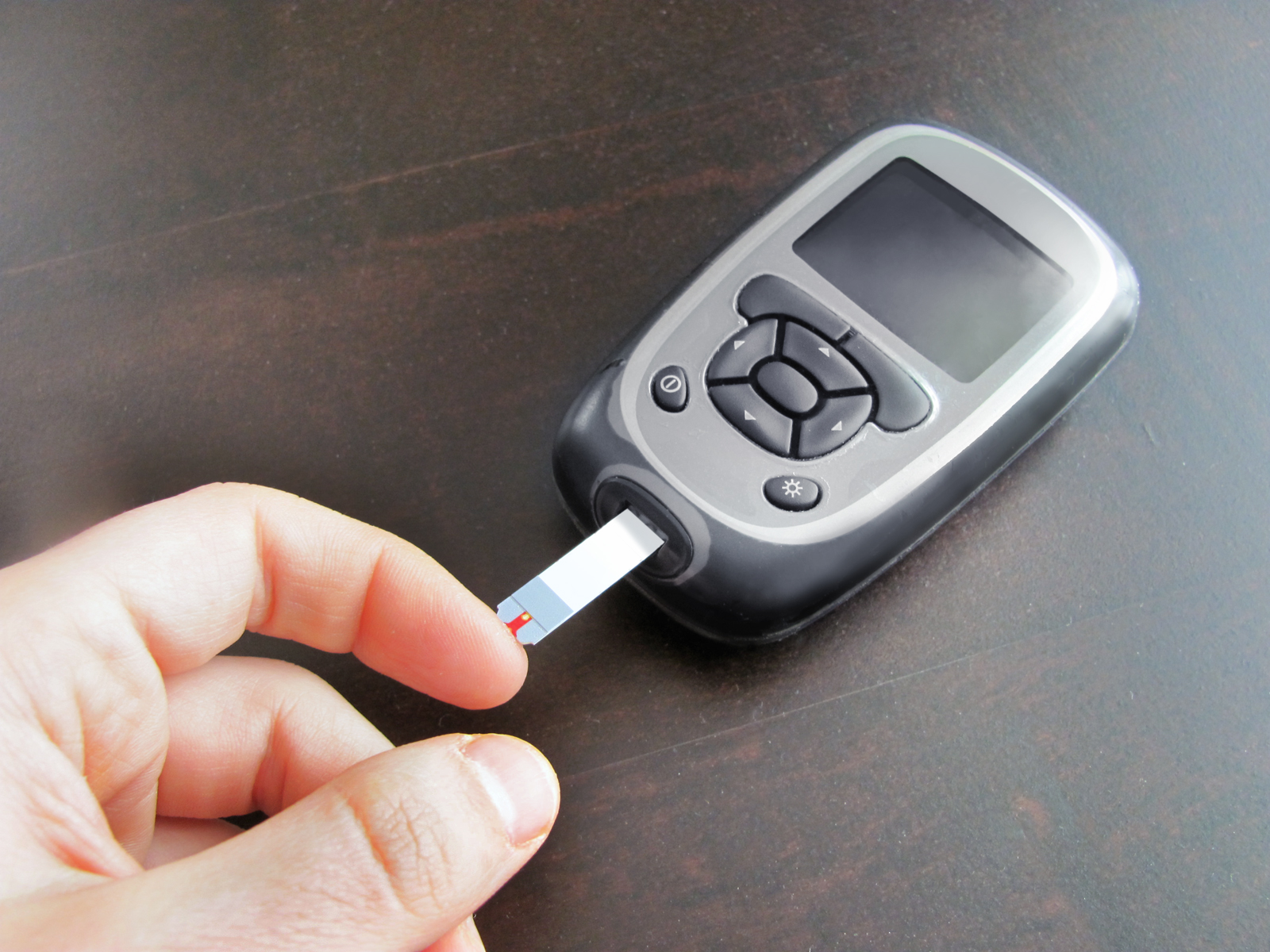
WEDNESDAY, April 23, 2014 (HealthDay News) — Every minute counts for stroke victims who need clot-busting medications quickly to restore blood flow to their brain and prevent further damage.
Now, new efforts to hasten treatment in both ambulances and emergency rooms appear to have significantly improved patients’ chances of survival and limited their long-term disability, according to a pair of studies in the April 23/30 issue of the Journal of the American Medical Association.
A quality improvement initiative in hospital emergency departments significantly reduced the time it took for doctors to begin treatment of stroke patients with a clot-busting medication called tissue plasminogen activator (tPA), the first study found.
But a specialized ambulance equipped to start stroke treatment on the way to the hospital cut that time even more, according to another study in the same issue of the journal.
One expert, who wrote an editorial accompanying the findings, said the results were impressive.
“These are completely complementary strategies, and both of them should be implemented,” said Dr. James Grotta, director of Stroke Research, Clinical Innovation & Research Institute at Memorial Hermann-Texas Medical Center in Houston. “We should be able with both to increase the number of patients completely recovering from their stroke.”
National guidelines recommend that stroke patients eligible for tPA treatment start receiving the drug intravenously within an hour of arriving at the hospital. Unfortunately, fewer than one-third of patients receive it within that timeframe, researchers report in background information.
With that in mind, the American Heart Association launched the Target: Stroke initiative in 2010, arming participating hospitals with a to-do list intended to cut down on “door-to-needle” time for tPA treatment.
The initiative focused on rapid triage, quick turnaround on CT scans and lab tests, and improved ER access to intravenous tPA. Its motto: “Time lost is brain lost.”
A study of 71,169 patients treated with tPA at 1,030 participating hospitals found that the Target: Stroke guidelines:
- Reduced the numbers of deaths suffered by stroke patients.
- Improved patients’ ability to return home after treatment, with no time spent in a rehabilitation center.
- Increased the number of patients able to get around on their own following a stroke.
- Cut 10 minutes off the average time it took to administer tPA.
- Increased the number of people receiving tPA within an hour to 41 percent from 26 percent.
- Boosted by fourfold the annual rate of improvement in door-to-needle times of an hour or less.
“We saw a very clear impact of the program in the speed at which tPA was delivered,” said study author Dr. Gregg Fonarow, director of the Ahmanson-UCLA Cardiomyopathy Center, co-director of the UCLA Preventative Cardiology Program and associate chief of the UCLA Division of Cardiology. “It’s rare that you see such a change in results before and after an initiative.”
In the second study, a German research team in Berlin equipped an ambulance with a CT scanner, a laboratory and a telemedicine connection that would allow paramedics to consult with doctors and start tPA treatment on the road.
This ambulance allowed emergency workers to cut by 25 minutes the time it took for them to administer tPA to a patient, researchers report.
“This pre-hospital strategy has the potential to lop a bigger chunk of time off the time-to-treatment,” Grotta said.
It’s also much more expensive. A specialized stroke ambulance can cost about $1.4 million, the researchers reported.
“This is an interesting concept that could work, but the cost seems to be a prohibitive factor,” said Dr. Robert Glatter, an emergency physician at Lenox Hill Hospital in New York City.
But Grotta noted that such costs are relative. The CT scanner in the ambulance cost about $400,000, he said, and the average cost to treat a stroke is about $200,000.
“You only have to reverse two strokes to cover the cost of the CT scanner, and you’re going to save more time than what we can do tweaking the emergency department,” Grotta said.
Glatter said he is concerned that efforts to speed up tPA treatment could wind up giving the “potentially dangerous drug” to people who should not receive it.
“Measures that help cut transport time and get patients to qualified providers is really the most important aspect for taking care of these patients,” he said. “That’s ultimately what’s going to be the most effective targeted approach to getting these patients treated.”
A third study in the same issue of the journal indicates patient support for quick treatment with tPA.
More than three-fourths of seniors said they would want to receive clot-dissolving drugs if they were incapacitated by a stroke. About the same percentage said they would want CPR following a heart attack.
The results support doctors’ use of tPA treatment even if the patient or their family are not able to sign off on it, the researchers argue.
More information
For more information on stroke treatments, visit the American Heart Association.
Copyright © 2025 HealthDay. All rights reserved.

